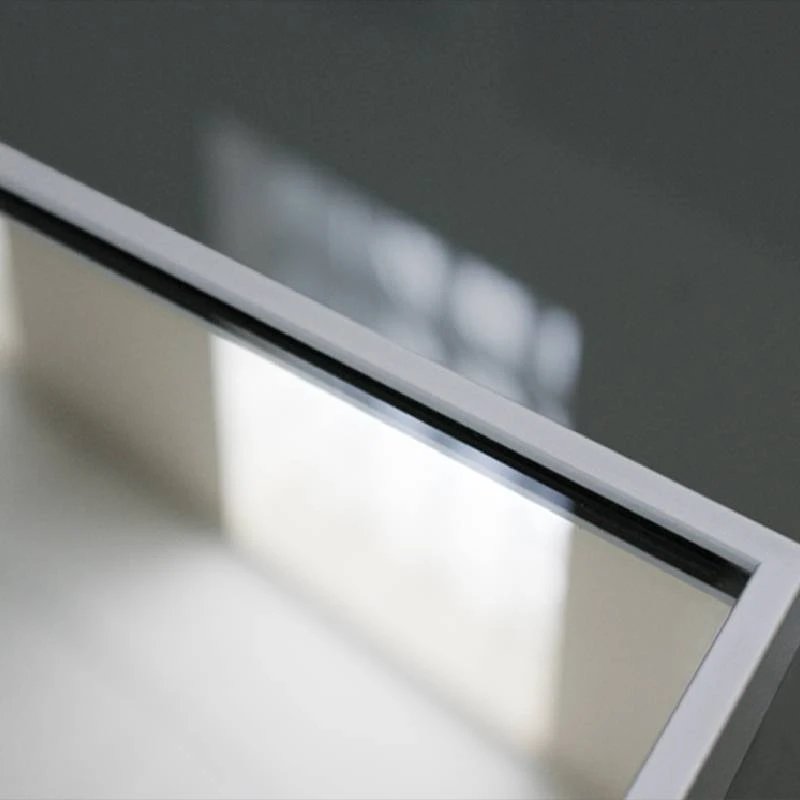

The Advantages of Full Tempered Glass A Comprehensive Overview
Full tempered glass, also known as toughened glass, has become an essential material in various industries, from architecture to automotive design. This specialized form of glass undergoes a rigorous manufacturing process that significantly enhances its strength and safety features, making it a popular choice for both functional and aesthetic applications.
One of the primary benefits of full tempered glass is its remarkable strength. During production, the glass is heated to temperatures exceeding 600 degrees Celsius and then rapidly cooled. This thermal treatment enhances the glass's resistance to impact and pressure, making it up to five times stronger than standard glass. As a result, full tempered glass can easily withstand sudden temperature changes, making it ideal for environments with extreme weather conditions, such as window installations in high-rise buildings.
Another notable advantage is safety. In the event of breakage, full tempered glass shatters into small, blunt pieces rather than sharp shards, reducing the risk of injury. This safety feature is particularly crucial in public spaces, such as shopping malls and schools, where the likelihood of accidents is higher. Its inherent safety characteristics also make it a preferred choice for shower doors, glass railings, and other applications where sharp edges pose a danger.

Aesthetic appeal is one of the reasons designers and architects gravitate towards full tempered glass. It provides a sleek, modern look that can enhance the overall appearance of a building or product. The clarity and transparency of tempered glass allow for unobstructed views and the incorporation of natural light, which can significantly improve the ambiance of any space. Moreover, it can be produced in various finishes, sizes, and colors, offering great flexibility to meet design specifications.
In addition to its physical and aesthetic properties, full tempered glass also has several practical advantages. It is relatively easy to clean and maintain, which is a considerable asset for commercial and residential spaces alike. Its durability ensures that it can withstand exposure to the elements without significant wear and tear, making it a smart long-term investment.
Furthermore, the use of full tempered glass can contribute to energy efficiency. When used in windows and facades, it can enhance insulation, helping to regulate indoor temperatures and reduce energy costs. This energy-efficient property is becoming increasingly important as homeowners and businesses alike seek to adopt more sustainable practices.
In conclusion, full tempered glass stands out as a versatile, safe, and aesthetically pleasing material that meets the demands of modern construction and design. Its strengths in durability, safety, and energy efficiency make it an invaluable resource across various sectors. Whether used in residential buildings, commercial spaces, or automotive applications, full tempered glass continues to gain favor as a dependable choice for designers and consumers seeking both functionality and style.